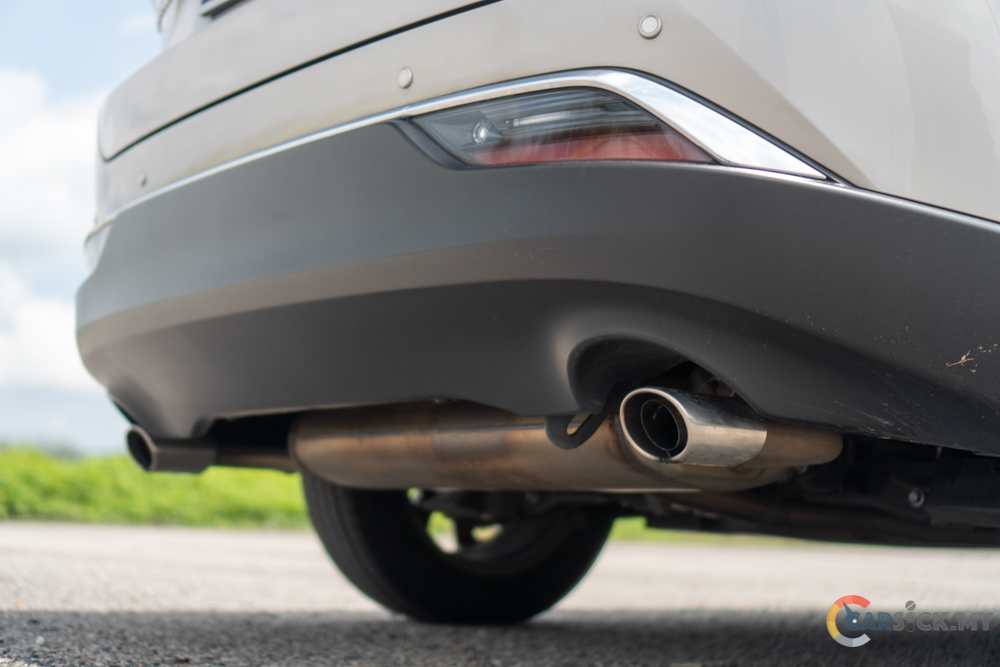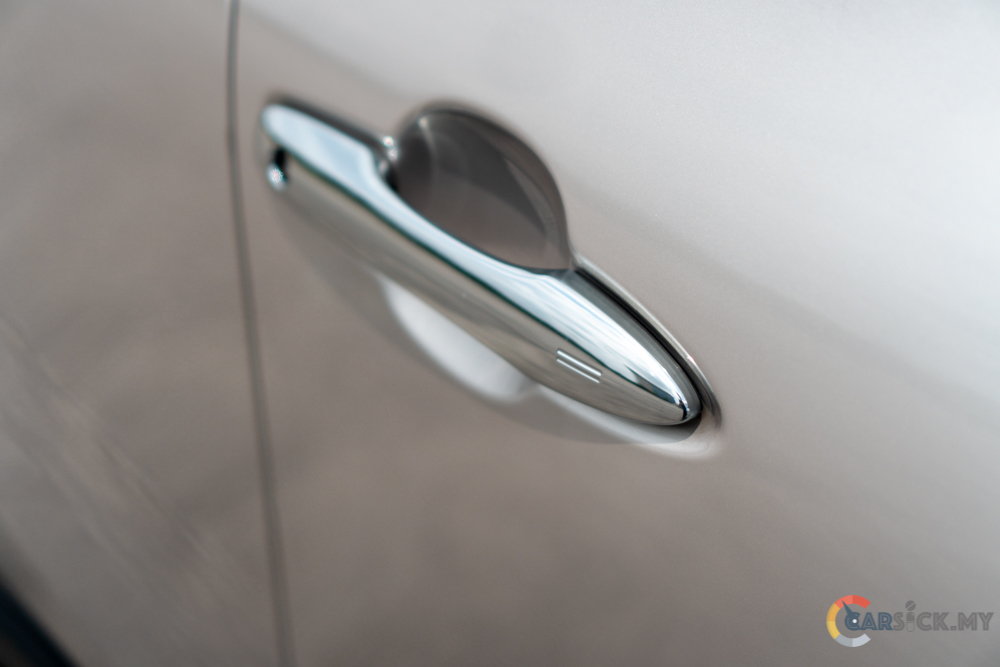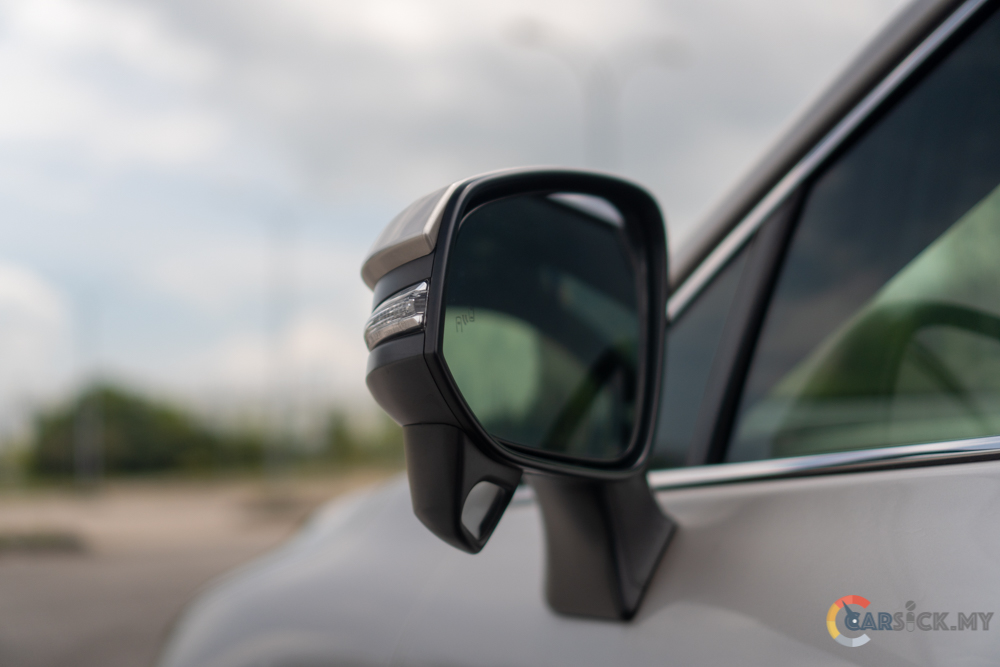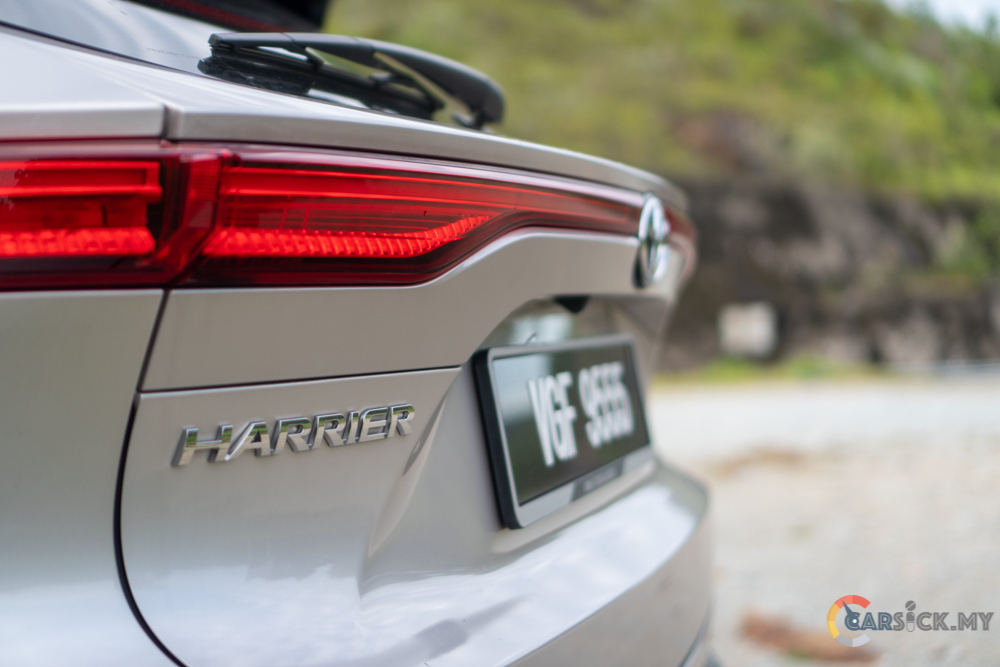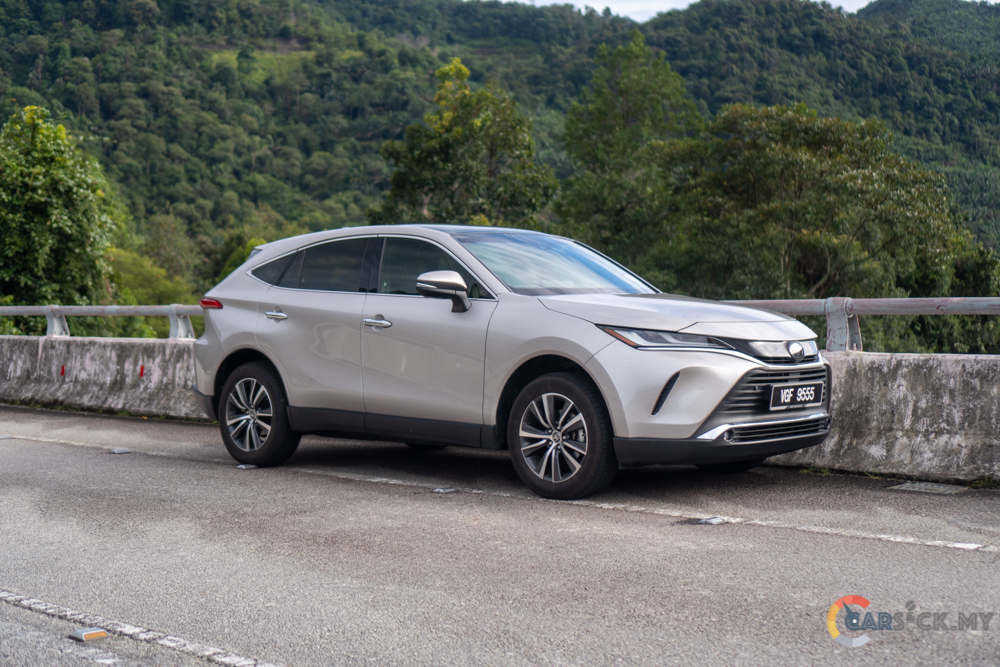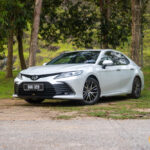When Toyota 1st introduced the Harrier, it was sold as a Toyota in some countries, and as a Lexus in some other countries. As time passed, the Lexus version slowly evolved into the RX-model line up, while Toyota retained the Harrier nameplate for their own luxury SUV. In 2021, UMW Toyota launched the latest generation Toyota Harrier to the Malaysian market. This latest generation Harrier is expected to come with plenty of high tech features, while still appealing to the matured crowd. This time round, I’ll be checking out the latest generation Toyota Harrier, and see if this SUV has the ability to retain the appetite of its core buyers.

 On the outside, the latest generation Harrier strikes a good balance between elegance and sportiness. The large SUV uses plenty of sharp edges and fine lines, to give it a modern and sporty look. On the other hand, the organic shapes and curves around the vehicle enhanced the elegant look of it. For the front, the Harrier gets a set of sharp looking full LED headlights that seats on top of the elegant looking front bumper. In between the headlights, the SUV gets a clear plastic front grille cover, which is a signature of the Harrier.
On the outside, the latest generation Harrier strikes a good balance between elegance and sportiness. The large SUV uses plenty of sharp edges and fine lines, to give it a modern and sporty look. On the other hand, the organic shapes and curves around the vehicle enhanced the elegant look of it. For the front, the Harrier gets a set of sharp looking full LED headlights that seats on top of the elegant looking front bumper. In between the headlights, the SUV gets a clear plastic front grille cover, which is a signature of the Harrier. 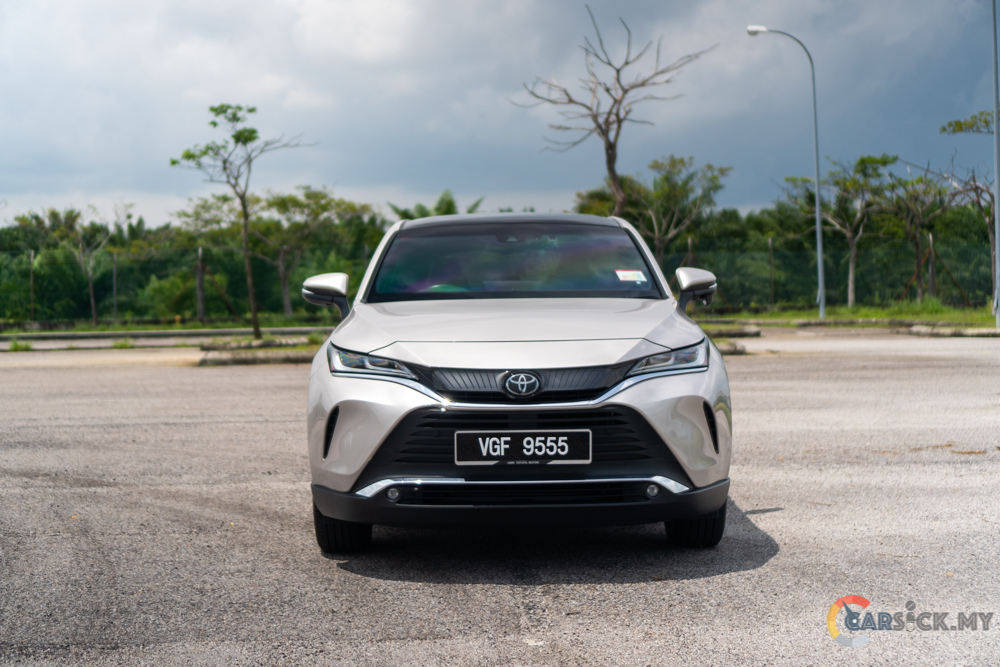

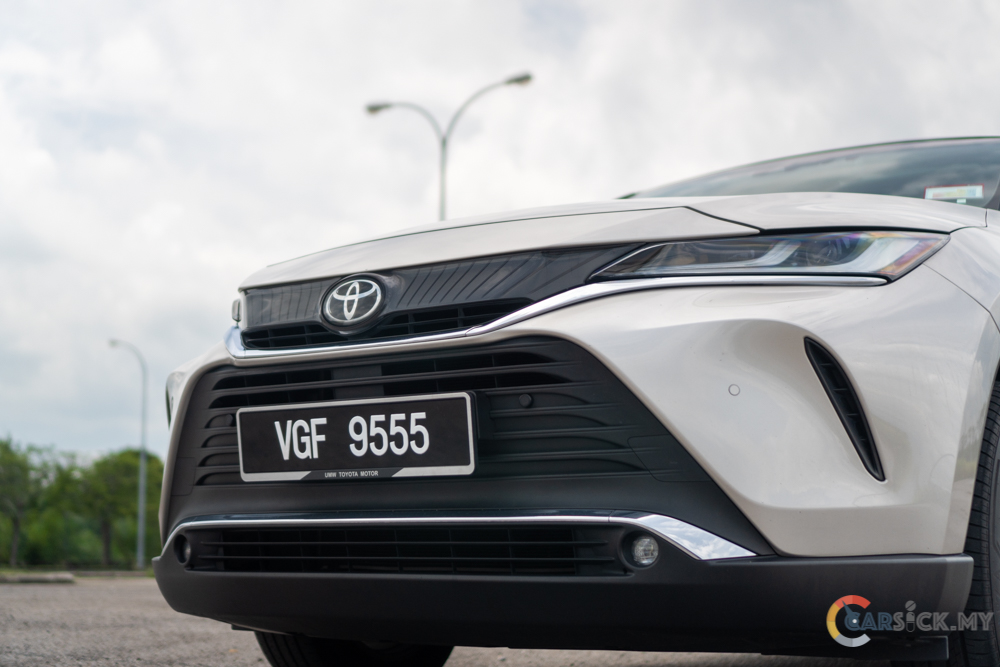
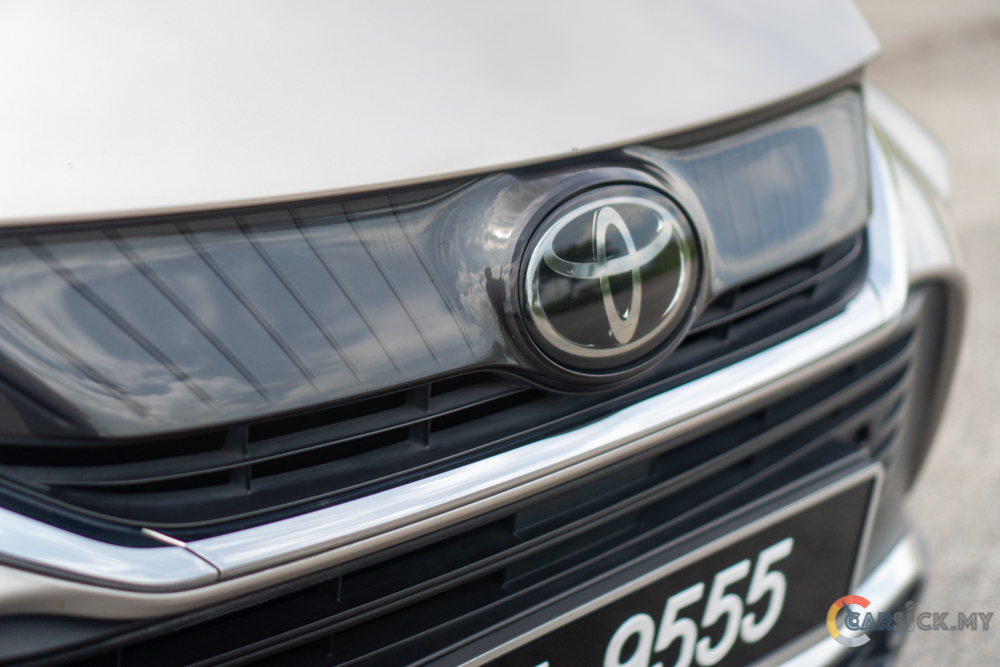
As for the rear, the sloping rear windscreen gives the Harrier a coupe-like rear profile. On top of the rear windscreen, there is a large rear wing that features the full length LED 3rd brake light inside it. Apart from the 3rd brake light, the taillights are also stretched across the rear of the SUV, giving it a distinctive look. Lastly, the Harrier is fitted with a set of 225/60 R18 sized rims and tyres at all corners to complete the looks of the SUV. 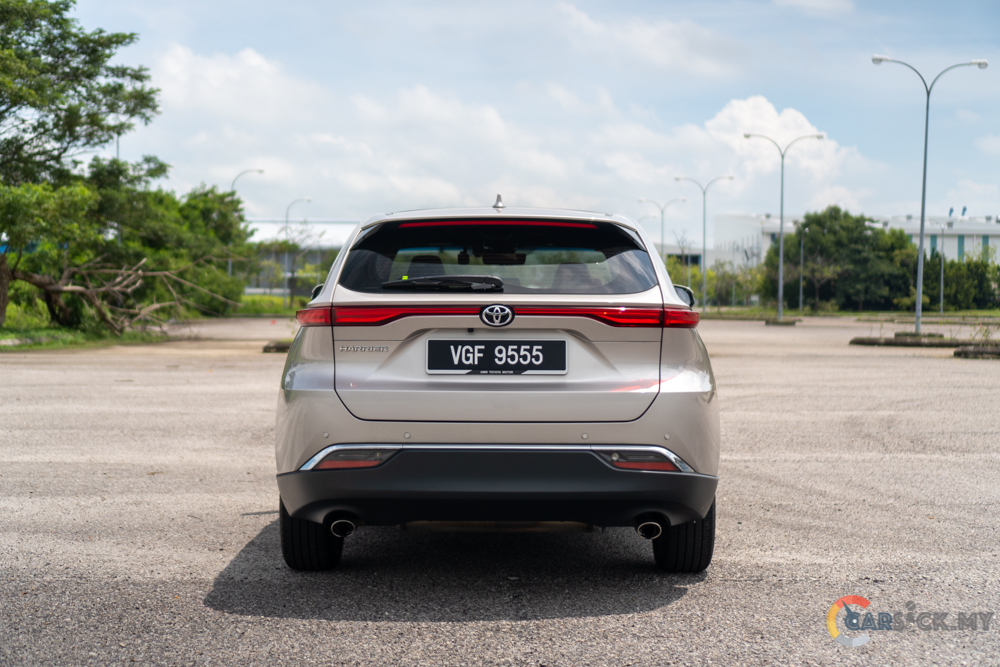
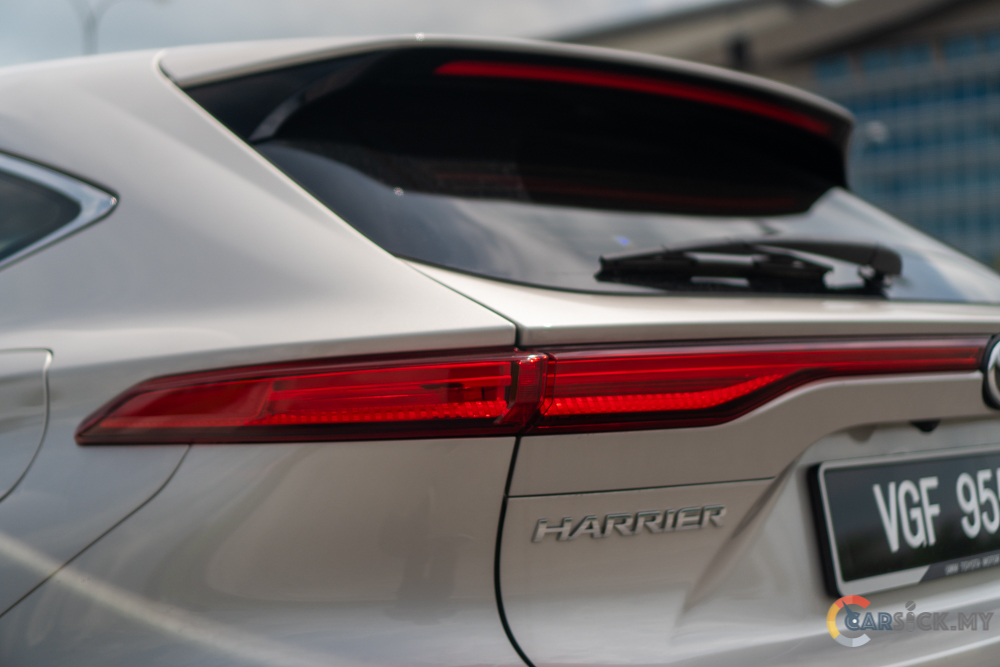
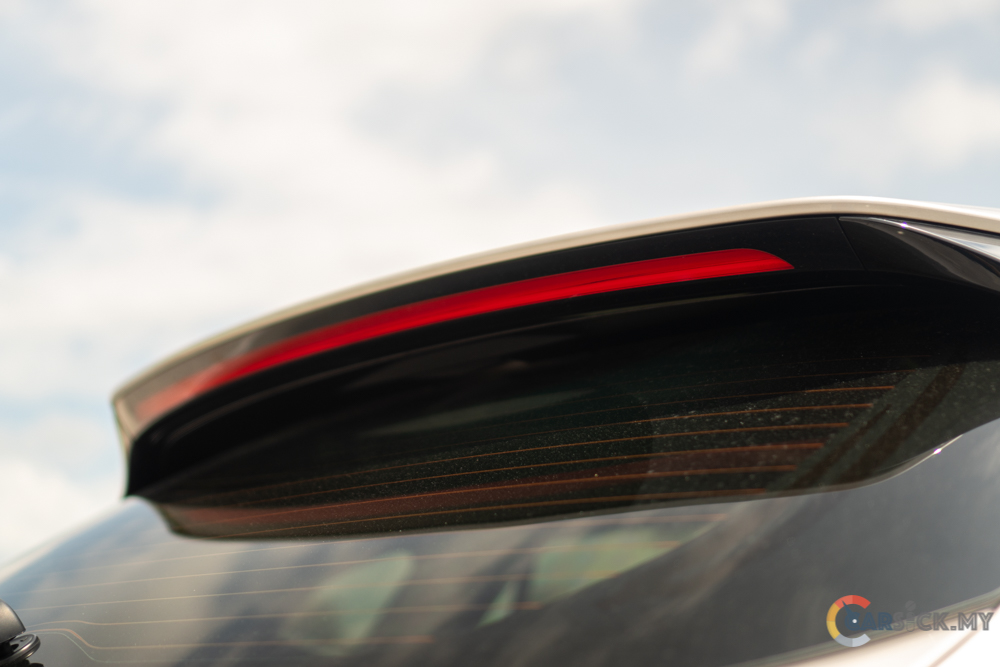
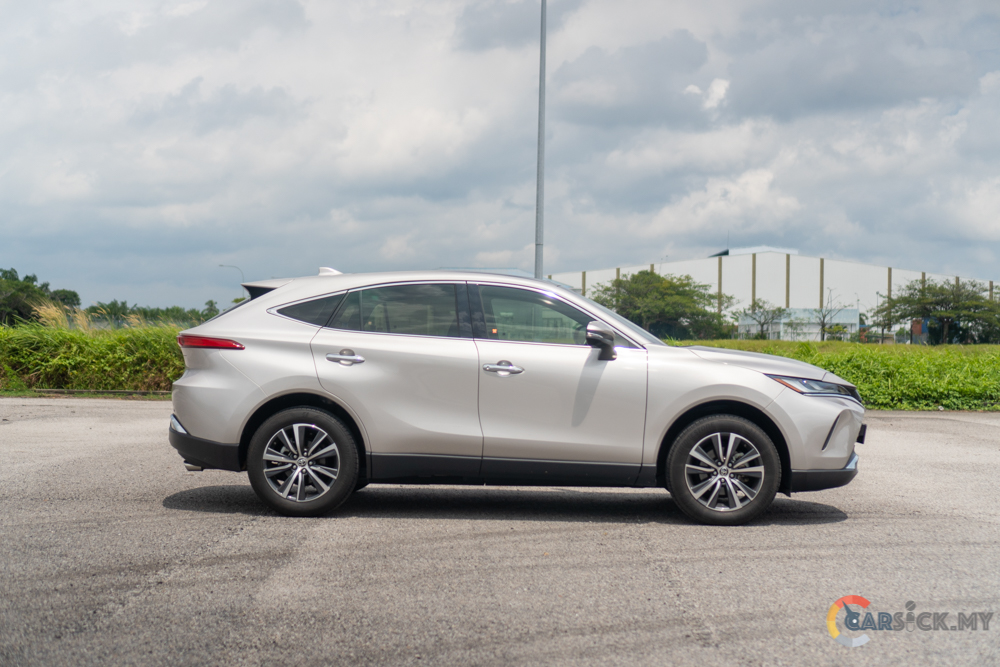
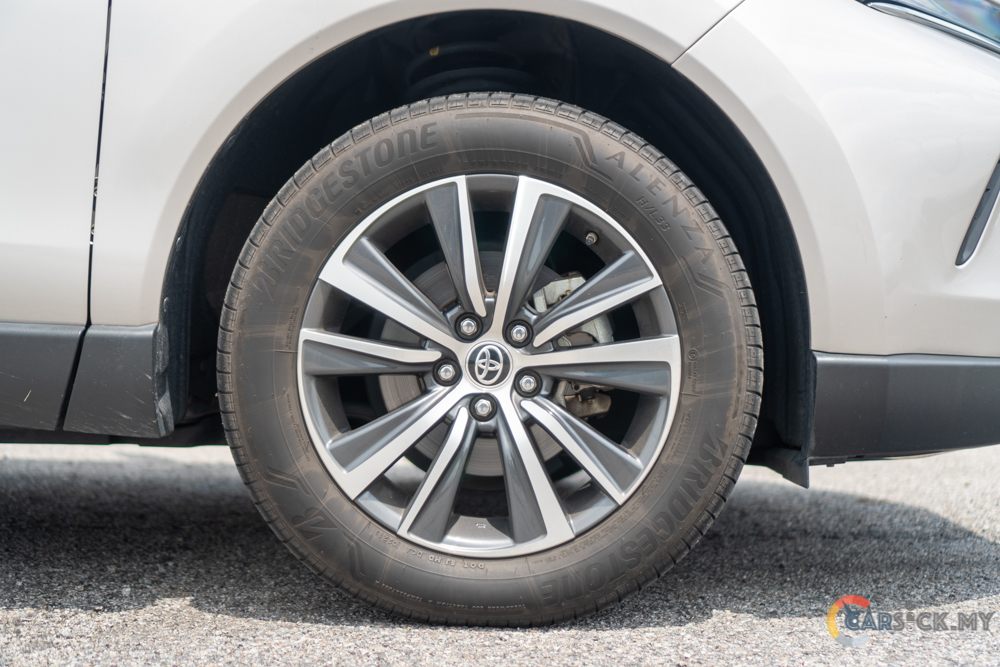

In its latest form, Toyota has equipped the Harrier with a number of high tech features inside it. Even so, the interior is still as easy to use as the previous models. The interior is very well put together, with plenty of soft touch materials being used to create a sense of quality around the cabin. In order to remind the driver that they’re in a Harrier, Toyota has planted plenty of small little details in the form of Harrier badging around the cabin. 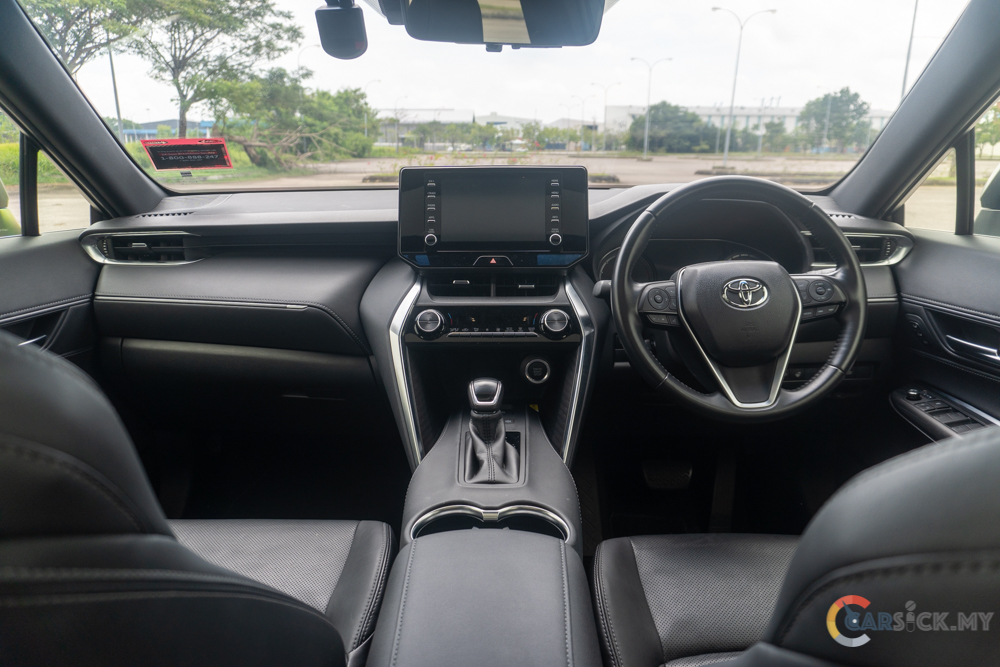
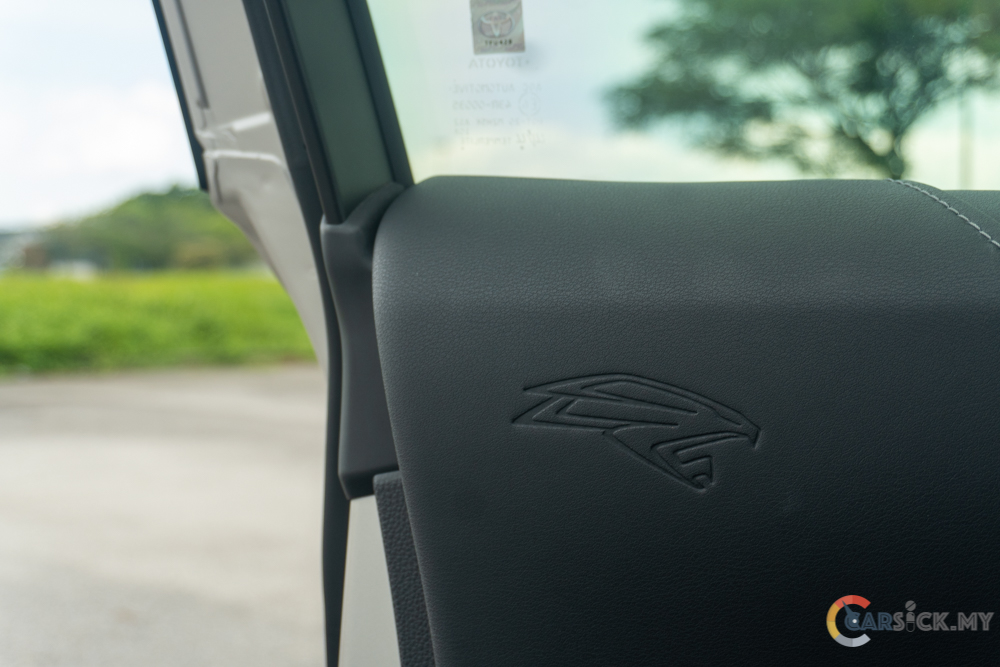

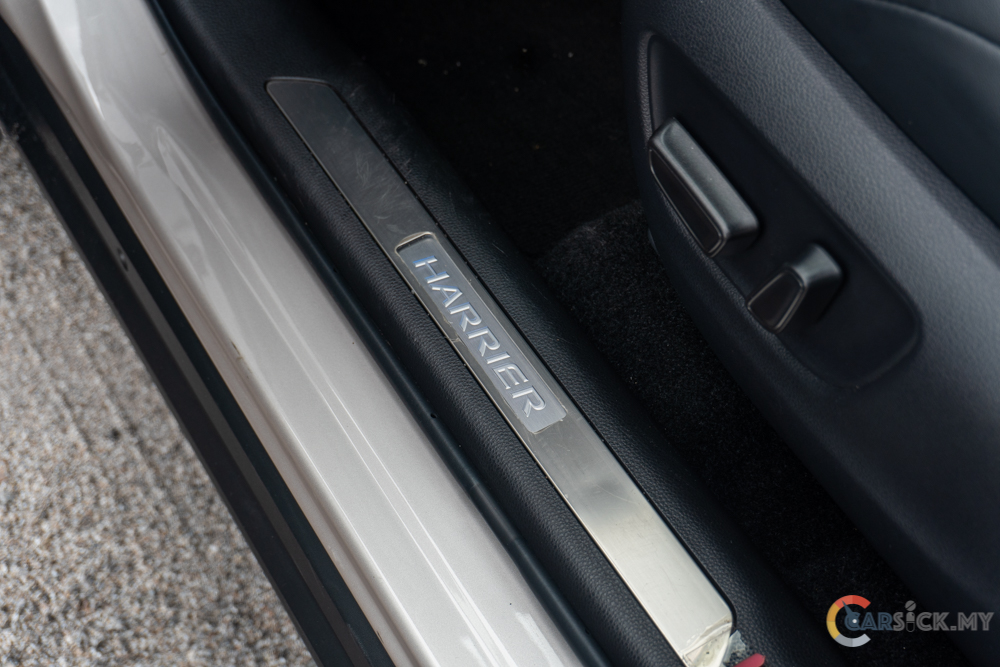
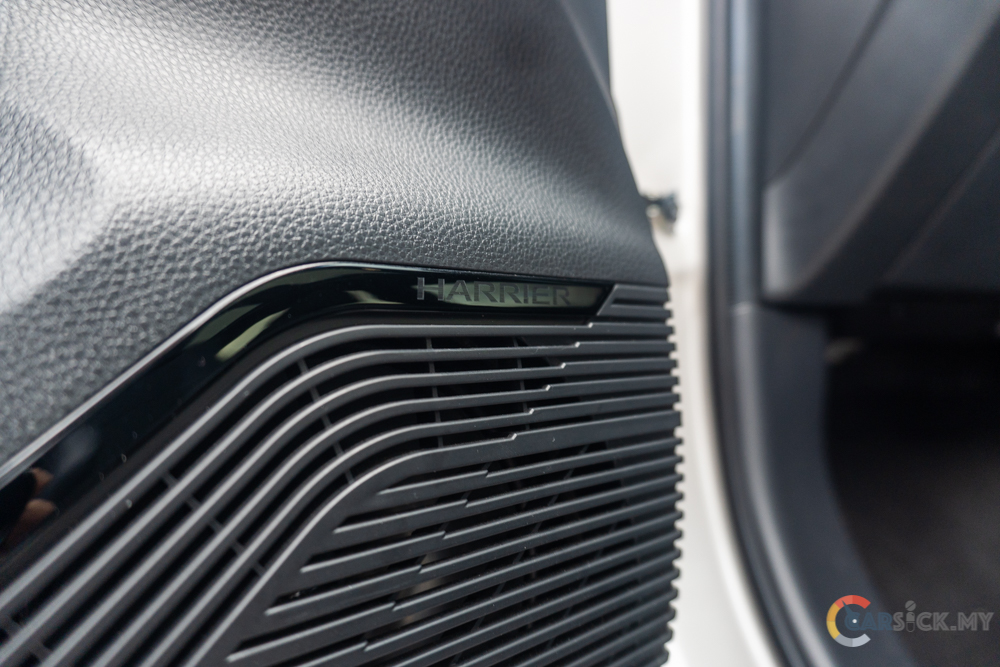
Even though the Harrier is a high tech vehicle, Toyota has given it an analogue instrument cluster with a 7-inch multi-information display at the center. It may be an analogue instrument cluster, it definitely looks classy and blends in well with the design of the Harrier. At the center of the dashboard, the Harrier comes with an 8-inch infotainment screen that features connectivity functions such as Android Auto and Apple CarPlay. Before we look into the technology available on the Harrier, I noticed that the placement of the engine start button is in a rather weird spot. The location of the engine start button looks like an afterthought, and I think Toyota could relocate the engine start button to a more elegant location. 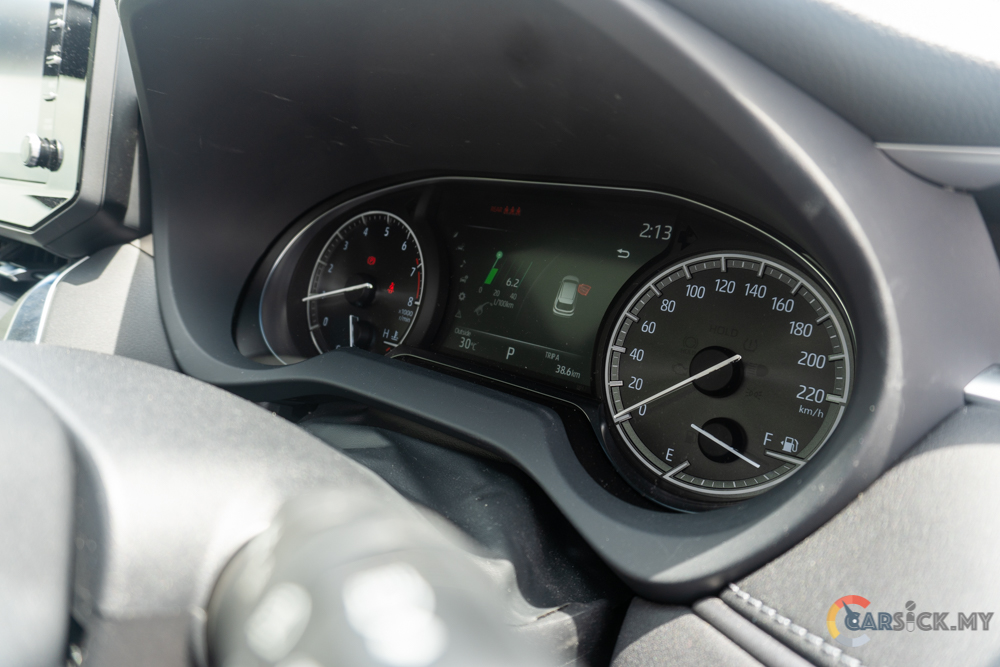
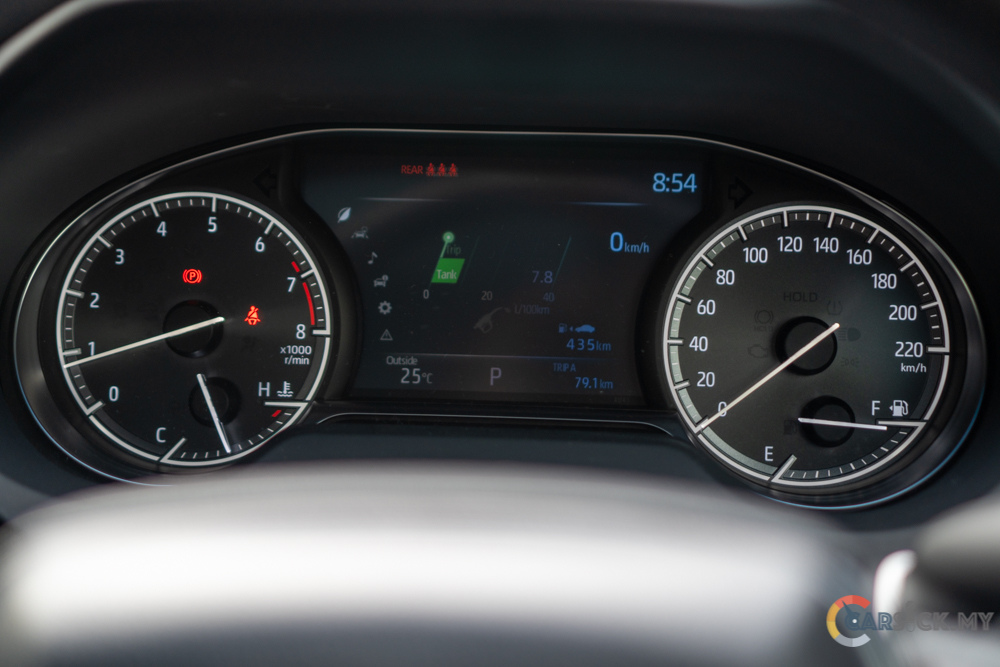
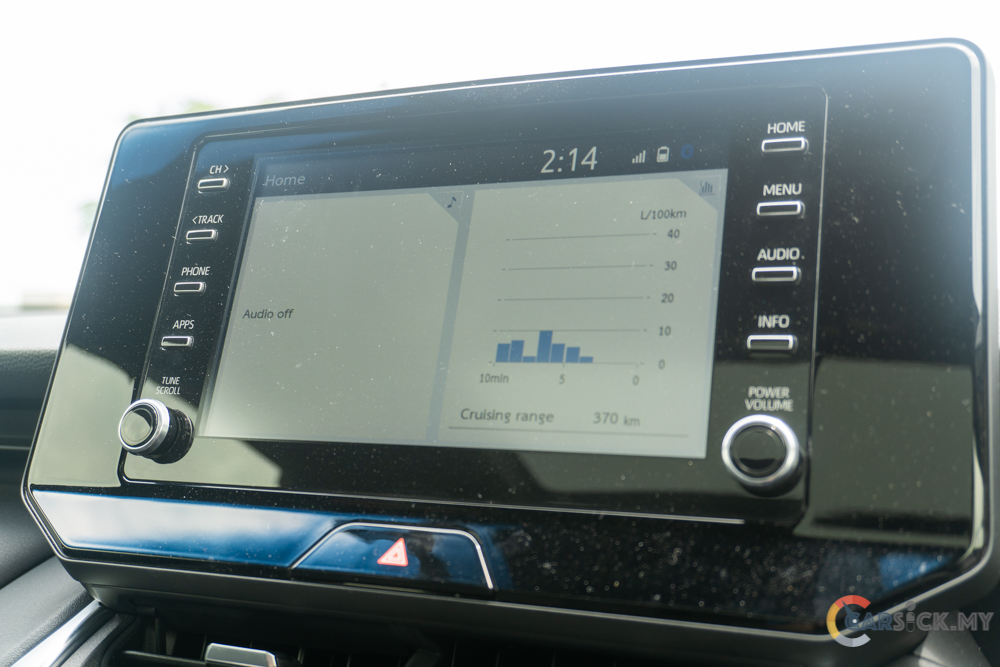
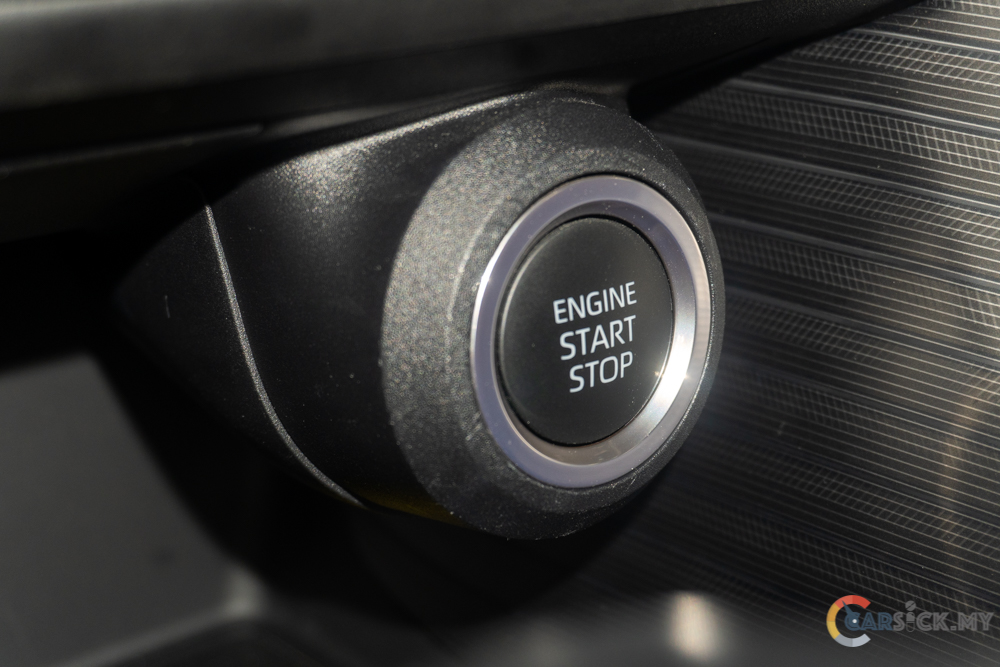
The Harrier comes with 2 rather unique technology features that were not seen in any other vehicle at this price point. The 1st highlight here is the rear view mirror, where it can turn into a rear view camera with a flick of a switch. This can be used to either deflect the glaring headlights from the back, or use it to see out the rear when the Harrier boot is loaded all the way to the top. And for the 2nd technological highlight here is the panoramic roof, which has the ability to turn opaque with a press of a button. This feature is rather nice to have, as it has the ability to cut out some radiated heat coming from the hot sun. With all these features available on the Harrier, I think most of the target buyers would not even be bothered about having these technologies. 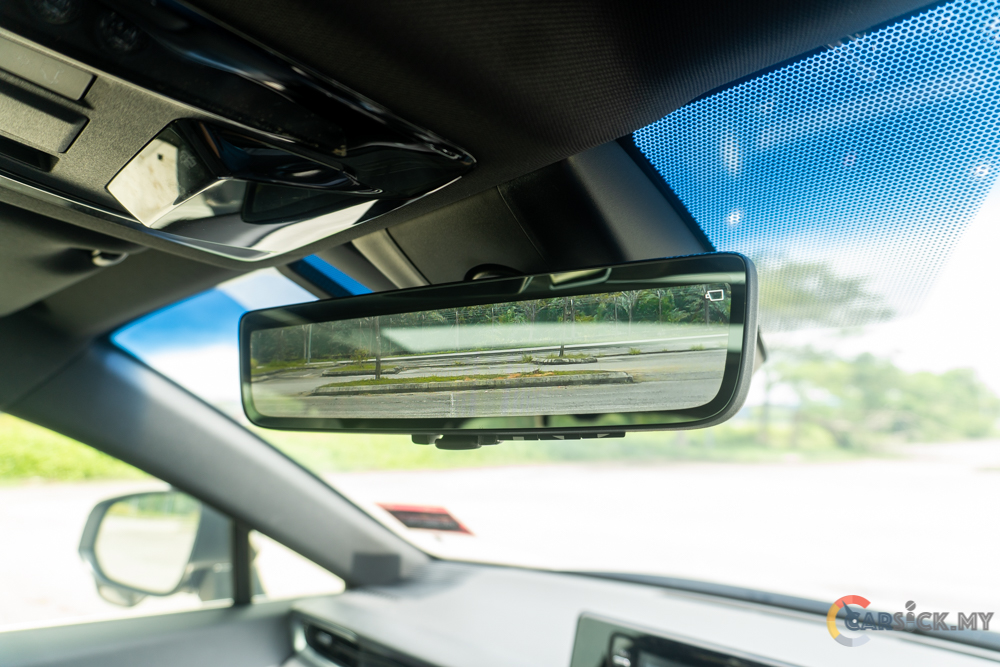
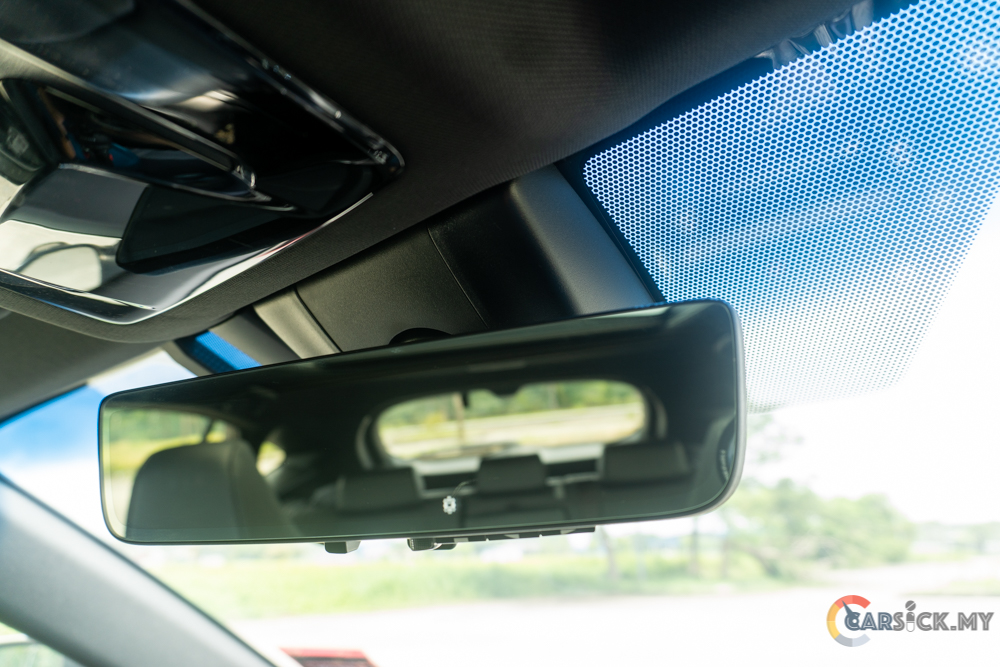
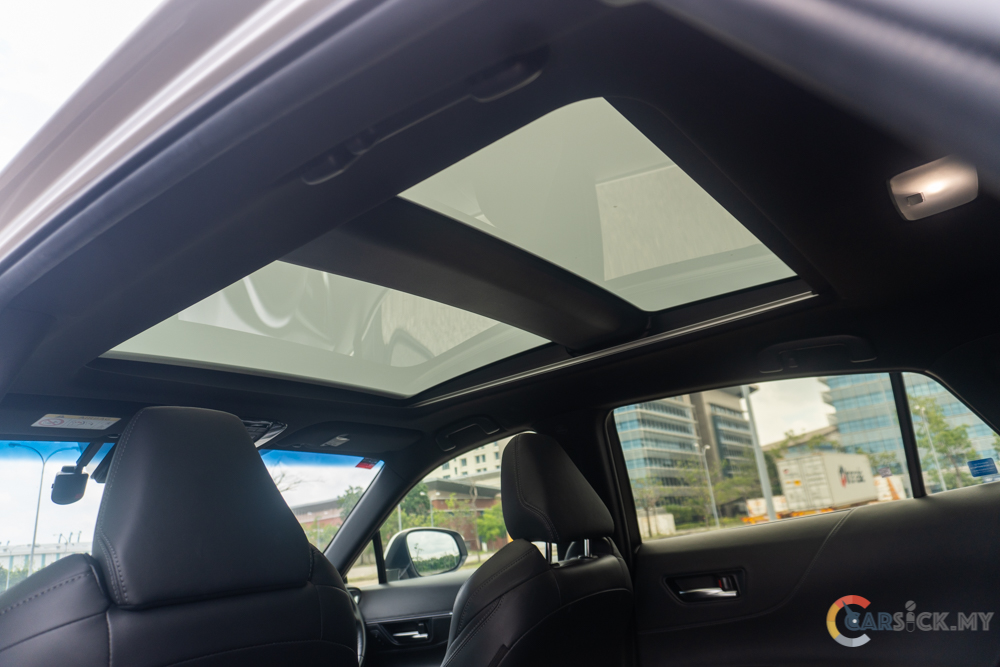
Sitting in the driver seat, the cabin of the Harrier feels calm and quiet, and it gives it a sense of serenity. The driver seat is very comfortable, and it comes with a wide variety of seat and steering adjustment to get into a suitable driving position. The rear seats are equally comfortable, with plenty of headroom and legroom to spare. The rear seats are so comfortable that I even took a nap back there once and felt refreshed when I woke up. On paper, the boot space of the Harrier only measured in at 396L. But in reality, it looks much bigger than the number suggests, plus, there are additional storage compartments under the boot floor, and the rear seats can be folded down in order to expand the boot space. 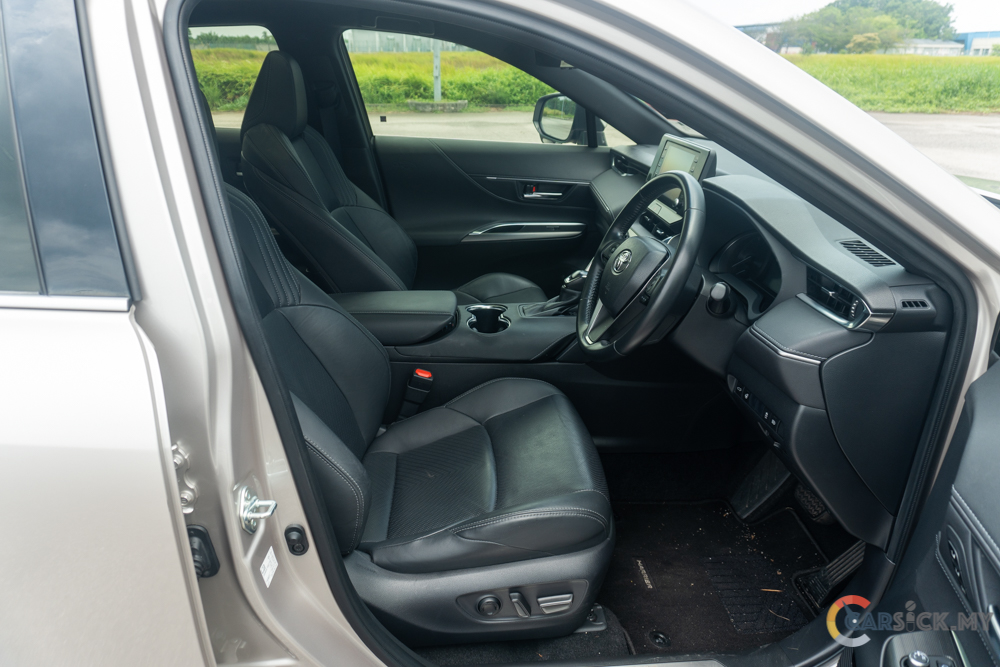
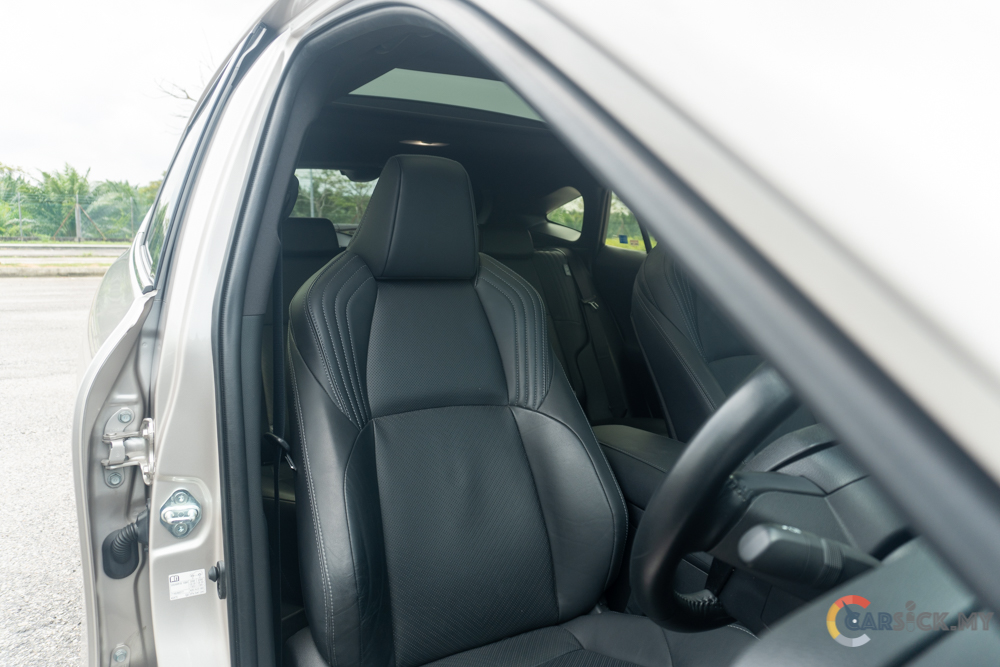

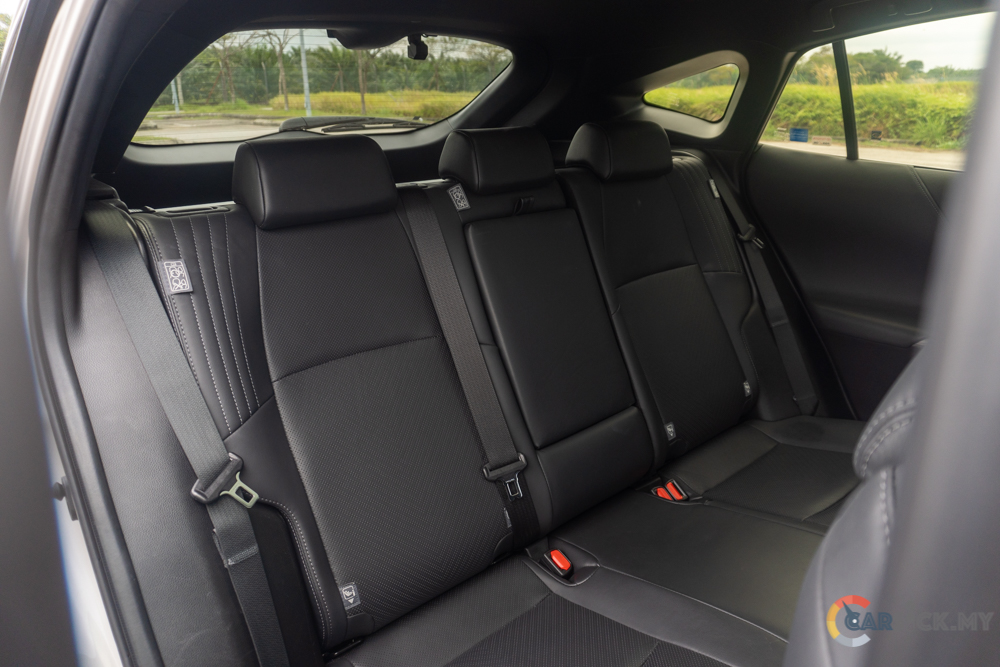
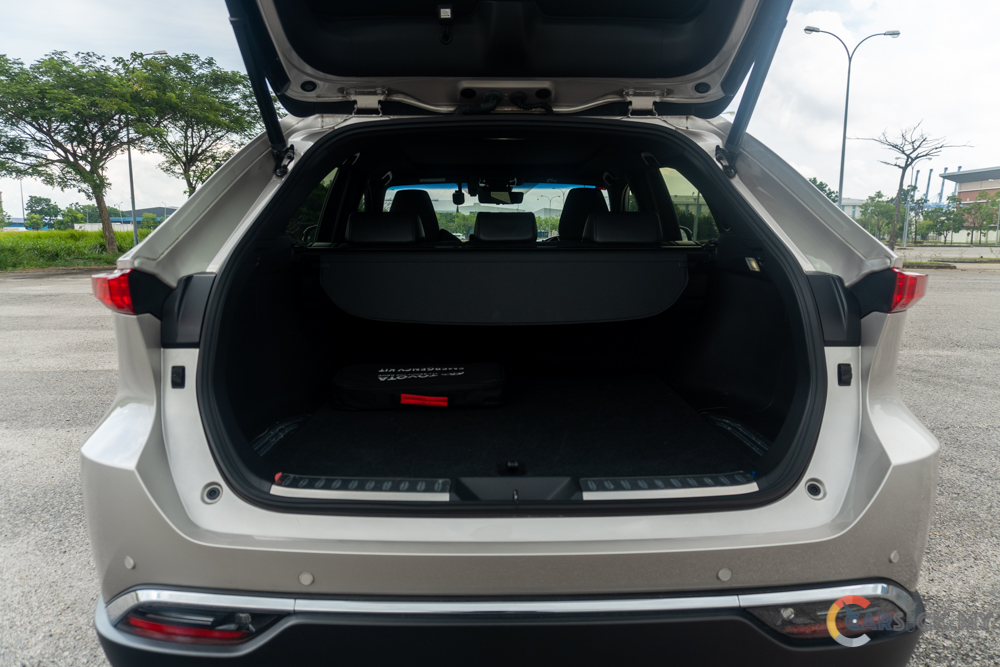
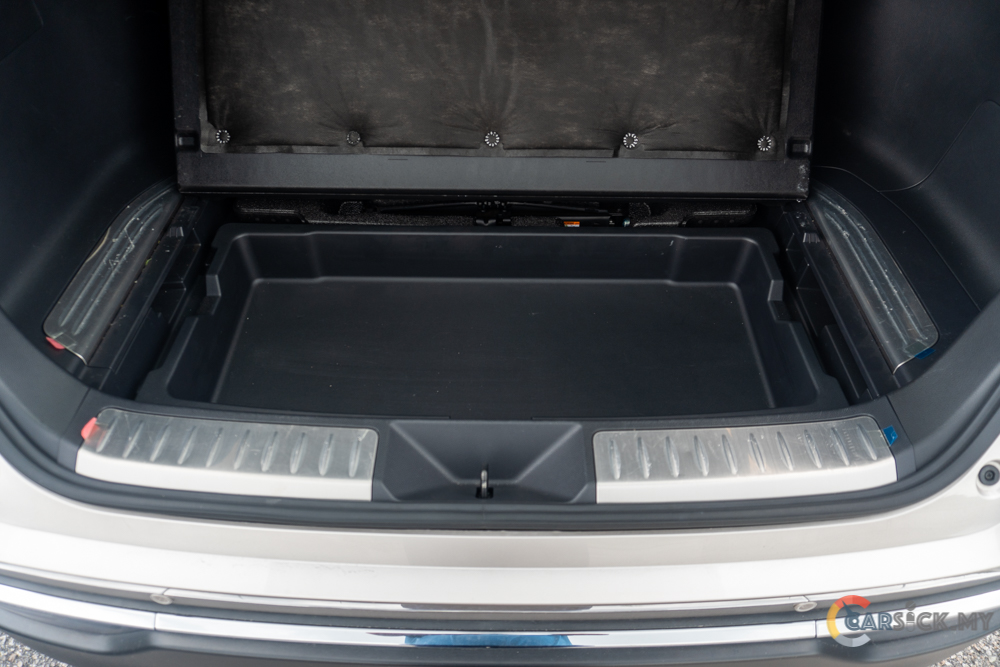
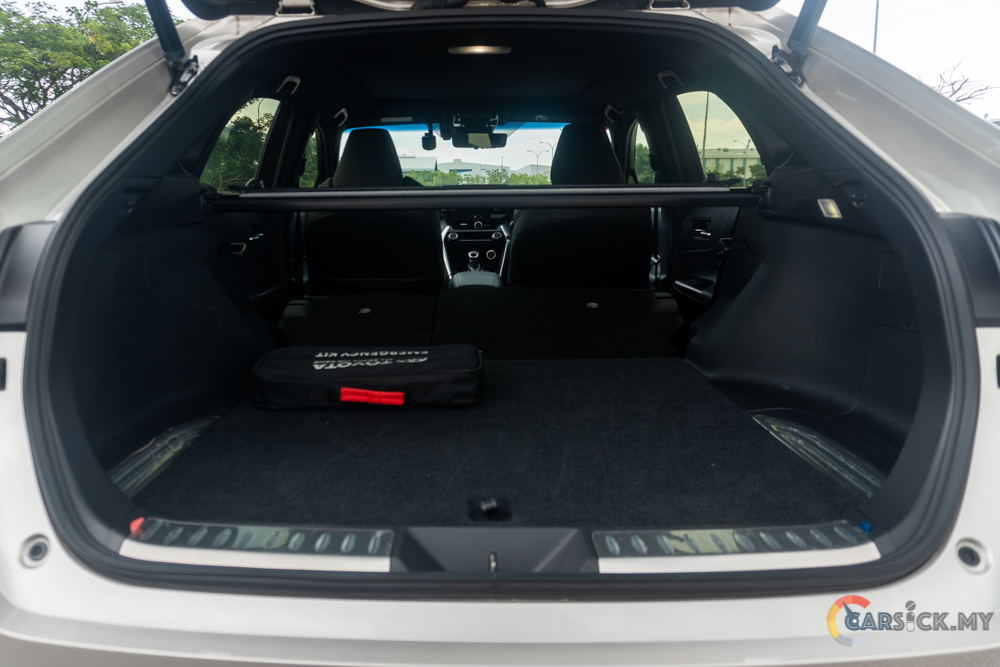
Under the hood, the Harrier is powered by a 2.0L naturally aspirated dynamic force engine. This engine is mated to an 8-speed Continuous Variable Transmission (CVT), with the power only being sent to the front wheels. This engine has the ability to produce 173PS at 6,600rpm of power, and 203Nm of peak torque at 4,400-4,900rpm. 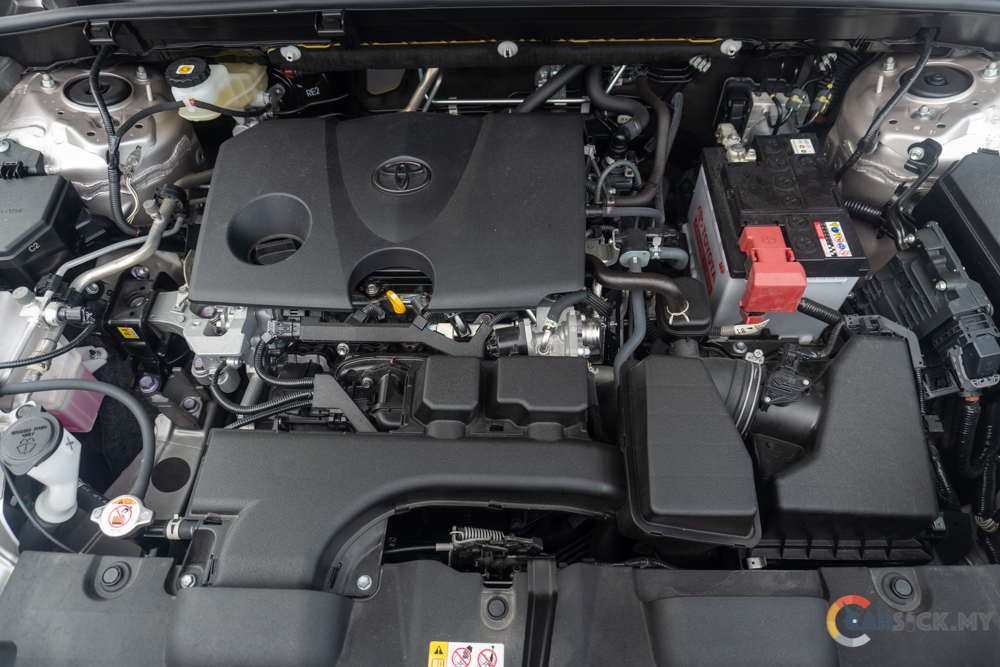

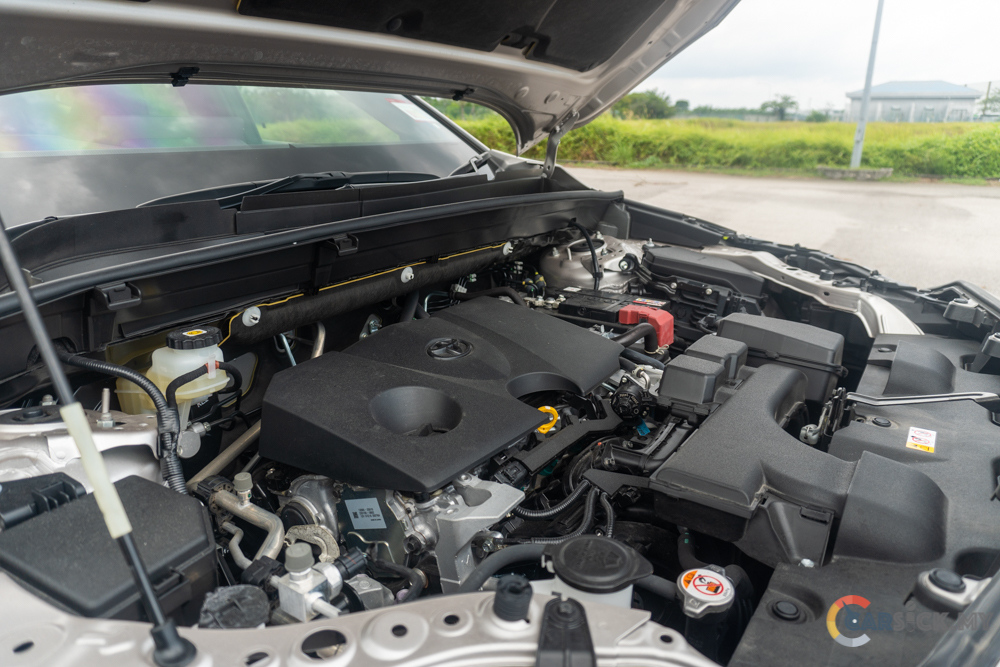
If you’re wondering, is this 2.0L engine sufficient for this large SUV? I’m happy to report that this engine does have enough power to bring you from point A to point B. Even with a 2.0L engine, Toyota still manages to sell quite a number of these SUVs, as they know that the target audience is slightly more mature in age. Paired with the CVT, it helps the engine to stay within the torque band when accelerating. Apart from that, the CVT also ensures that the Harrier returns a very good fuel economy figure regardless of the driving conditions.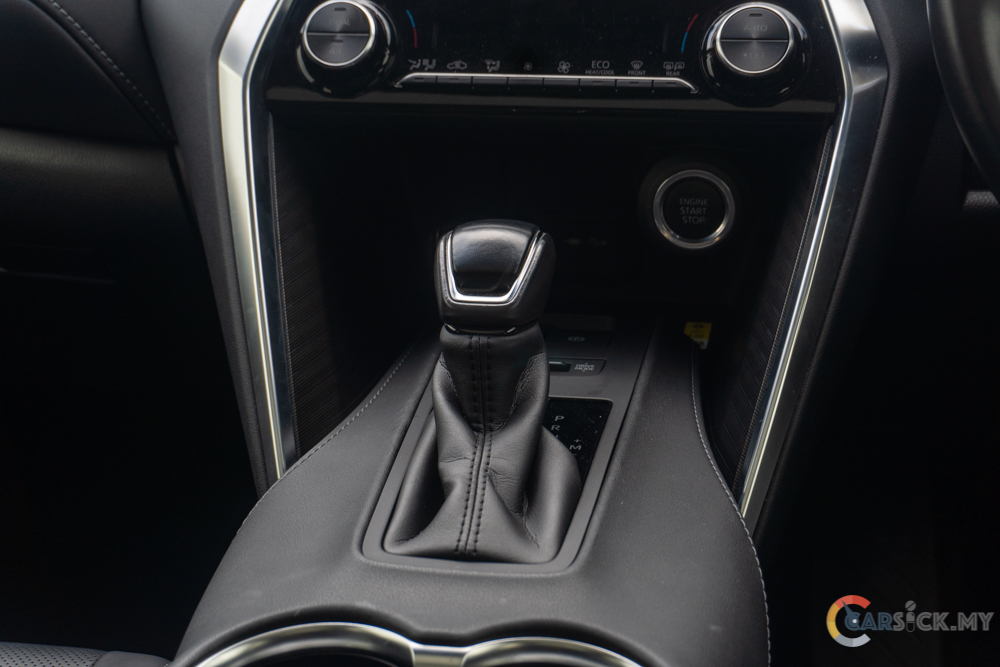
Built on the TNGA platform, the Harrier inherited the good handling characteristics from it. The steering feels precise, and the SUV corners surprisingly flat even with a tall body. Even so, this doesn’t change the fact that the Harrier is a comfort based vehicle. The Harrier rides over bumps and uneven roads without much hassle, and the TNGA platform helps Toyota to build a very capable vehicle.
Brakes wise, the 4 wheel disc brakes are strong, and it provides plenty of confidence when stepping on it. In terms of safety, the Harrier is loaded with a long list of safety and driver assistance systems to keep the driver safe while driving. This made the Harrier a level 2 semi autonomous driving vehicle. In terms of safety systems, the Harrier comes with 7 Airbags, Vehicle Stability Control (VSC), Anti-lock Braking System (ABS), and Emergency Stop Signal (ESS). And for the driver assistance systems, the Harrier comes with Pre-Crash System (PCS), Lane Departure Alert (LDA), Lane Keeping Assist (LKA), Lane Tracing Assist (LTA), Dynamic Radar Cruise Control (DRCC), Adaptive High-beam System (AHS), Blind Spot Monitor (BSM), and Tyre Pressure Monitoring System (TPMS). 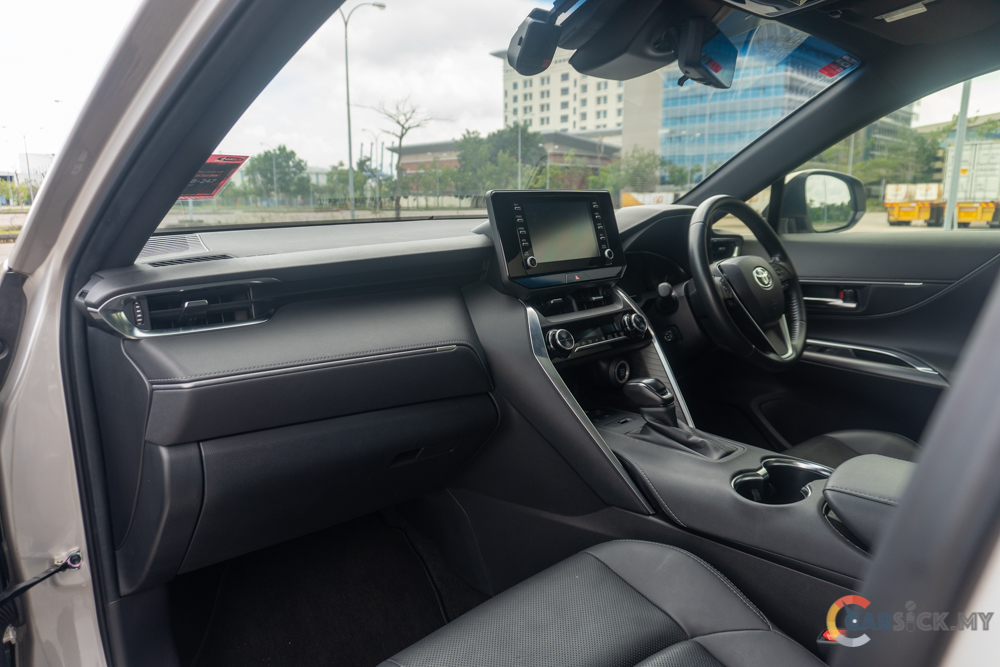
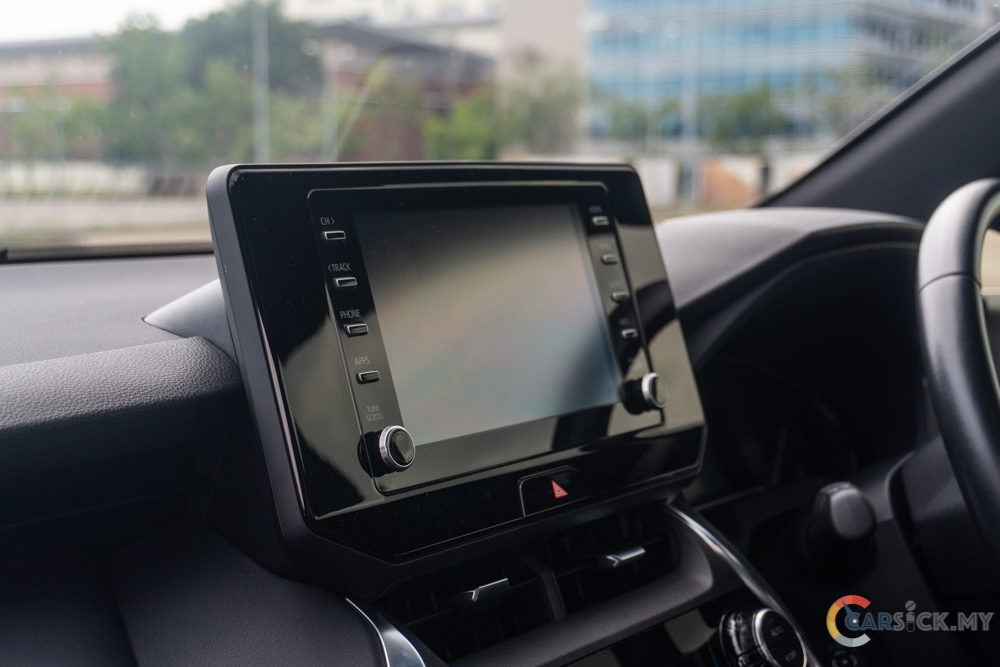
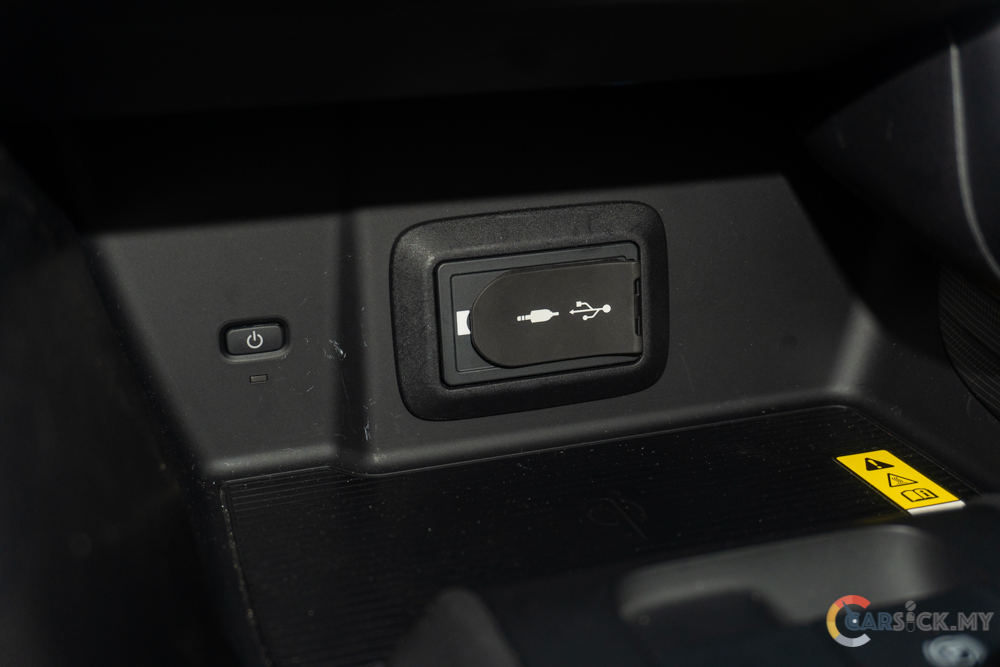
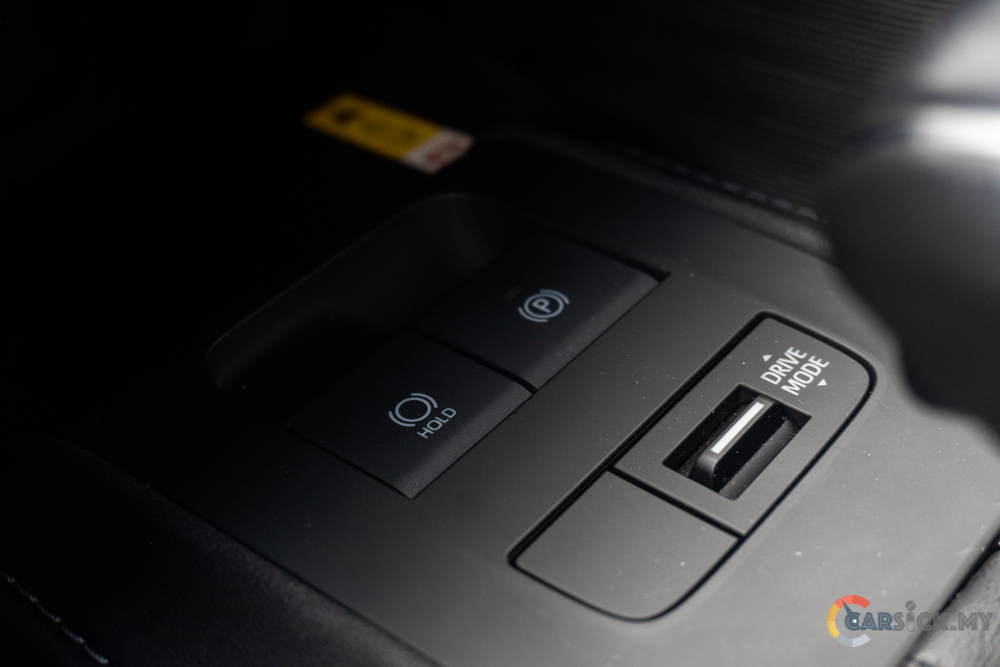
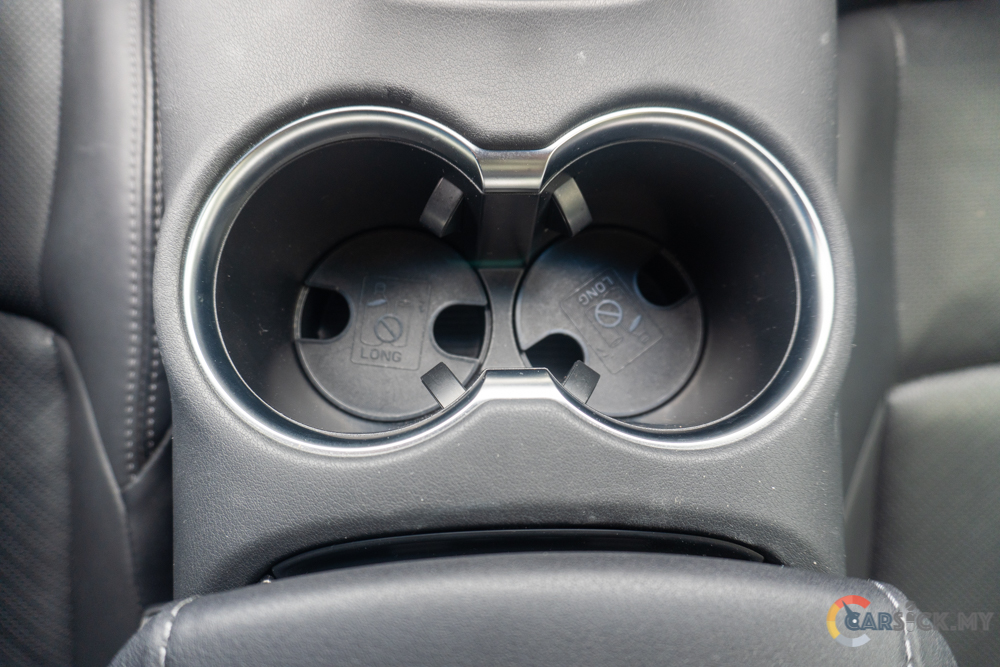
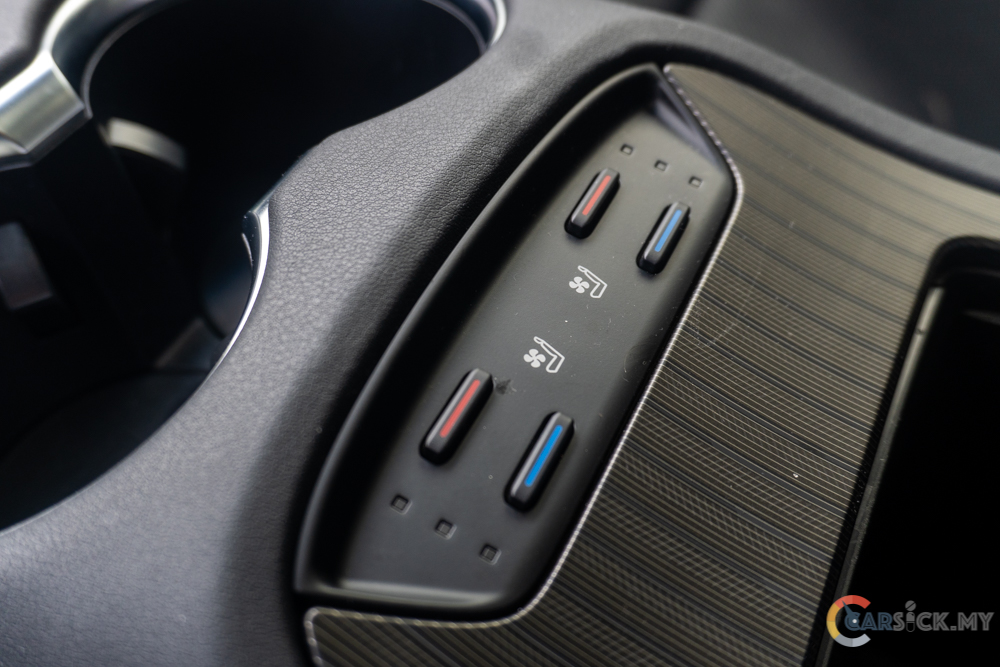
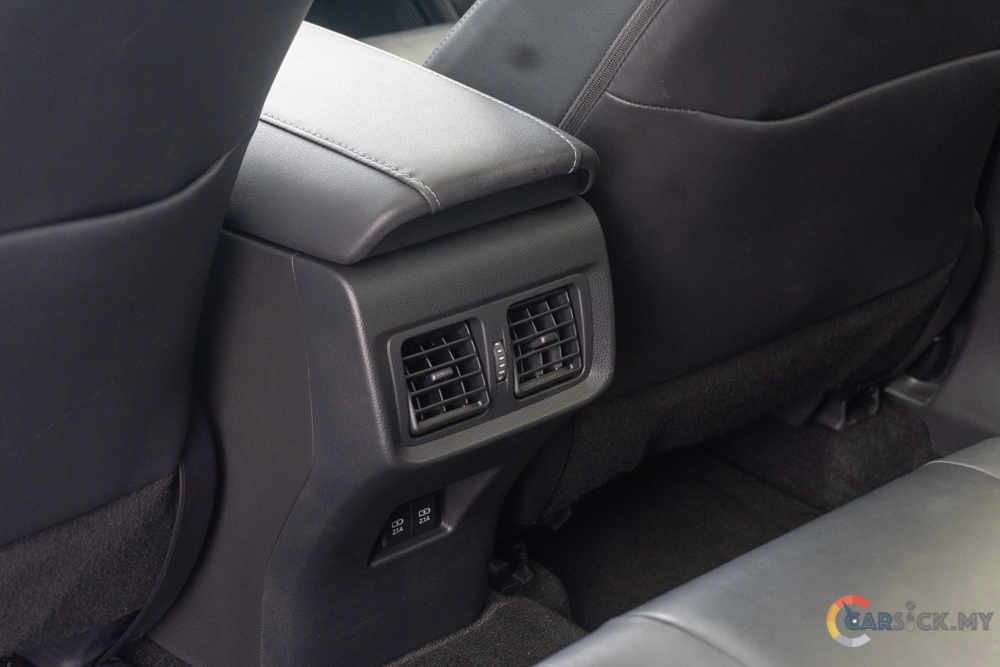
With a price tag of RM259,000.00, I still see more Harriers on the road compared to the RAV4. This is rather surprising considering that the RAV4 has more power than the Harrier at a lower price point. I guess this is the power of the Harrier badging. Personally, I think the Harrier is a very comfortable vehicle to bring you from point A to point B. And those who buy it aren’t going to drive it like a hooligan, and the overall package suits the target audience.
Check out full photo album here. 